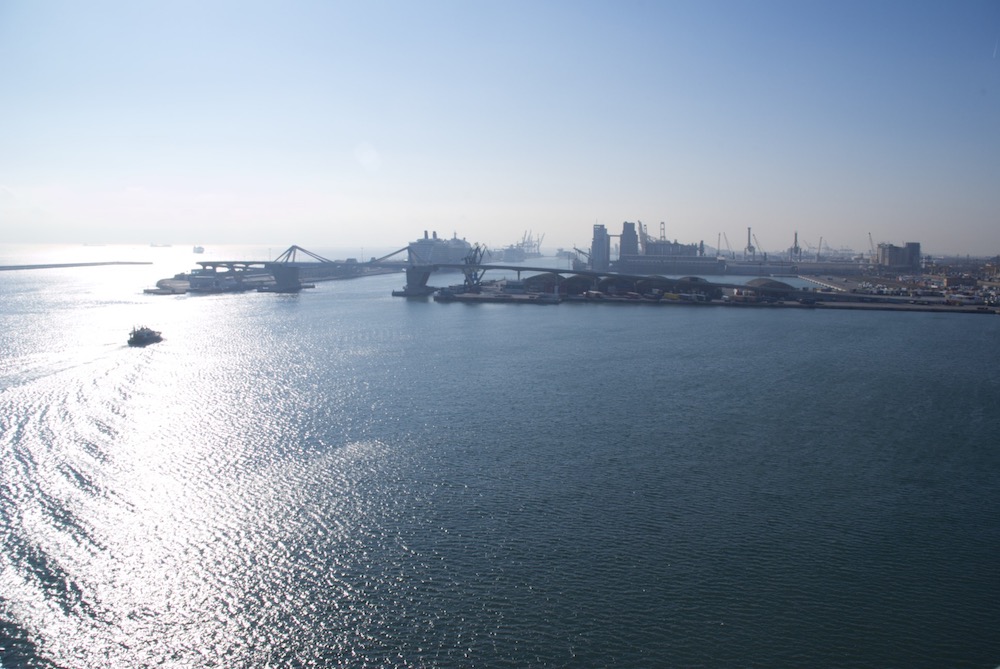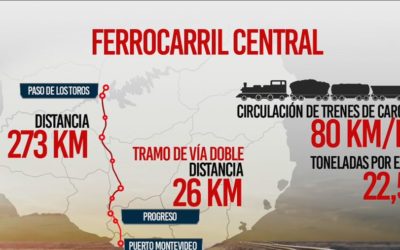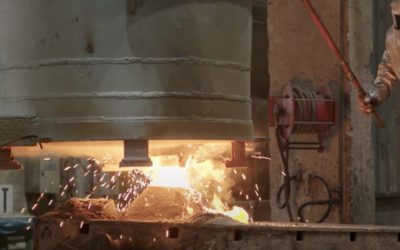Amurrio Ferrocarril y Equipos was the company awarded the three- and four-wire turnouts for the Catalunya-Hutchinson Terminal extension of the Autonomous Port of Barcelona. It worked closely with the client to design and manufacture up to 17 unique and technically challenging turnouts.
From a railway point of view, a project such as the expansion of a large cargo terminal in one of the world’s largest ports is a huge challenge. In this case, the complexity of the project was also multiplied by the need to harmonize up to three different gauges: metric, international and Iberian gauge.
Jean-Robert Laarhoven, commercial director of Amurrio Ferrocarril, explains some of the highlights of the project.
Question: What was the main difficulty of the project?
Answer: The need to facilitate access to the different railroads that had to reach the port. We have to take into account that we are talking about track gauges with very large differences, from 1,000 to 1,435 and 1,668 mm. At that time there was still no experience in triple gauge in Spain, and that involved a completely new engineering. We had to study all the turnouts case by case, to see if it was geometrically possible to create that mixture of track gauges. Since it had never been done before, there was no standard to indicate how to build this type of turnout.
Q. Was there any such experience abroad?
In triple gauge, no, there was not. In mixed gauge there was. Another additional complication was that there were sections on ballast and sections on concrete slabs. In addition, in the ballasted sections there were both wooden and concrete sleepers. Of course, when we talk about turnouts, when we talk about points, we have to play with the differences between the different gauges. Between 1000 gauge and international gauge there is quite a difference, there is a 435 mm. difference where you can place all the points, slides, fastenings, etc. Between international gauge and Iberian gauge there is a 230 mm. difference, which is very little, and this complicates things even more.
Q. When did Amurrio get in touch with the project?
R. We were contacted at a very early stage by the engineering company to ask us to collaborate in the drafting of the project. We decided to make a very strong commitment to this project, and we began to work very closely with the engineering firm and the Port Authority to develop a set of specifications in accordance with the requirements of the project but at the same time technically feasible. Once the specifications had been drawn up, the tender was called, we applied for it and won. As I say, it was a very strong bet, because since it was a public bidding process, we did not have any advantage for the mere fact of having provided assistance, beyond our knowledge.
P. And the project went ahead…
R. We were lucky, I think because of the complexity of the project. We won the tender and began to develop in detail all the turnouts, which in the first project, which was the largest, were 17 different devices. There were all combinations: metro gauge track exits the turnout to the left and right, international gauge to the left and right, Iberian gauge to the left and right… There was a huge variety of possibilities. The construction itself involved many new and unique castings; we knew in advance that this project would be done once for this customer and would not be repeated.
The delivery time was also a critical factor. The Generalitat de Catalunya, and in turn the Port of Barcelona had a very firm commitment to the investor for the opening date of the new terminal. On our side was the commitment to deliver everything on time, with its modifications to the work, etc. In the end, everything was delivered on time.
Q. How was the installation done?
R. We sent our technical assistance from Amurrio. Adjusting turnouts for which there is no written standard is very difficult, you have to draw on experience and know how to do more than what a sheet of paper describes. As each of the 17 turnouts were unique, they were 100% pre-assembled at our facilities in Amurrio. We also worked very closely with our trusted suppliers to ensure quality and on-time delivery, and with our carriers, because they were very delicate pieces. We sent our assembly people to the port to help the builder with the installation and adjustment. And to this day, all the equipment is up and running.




